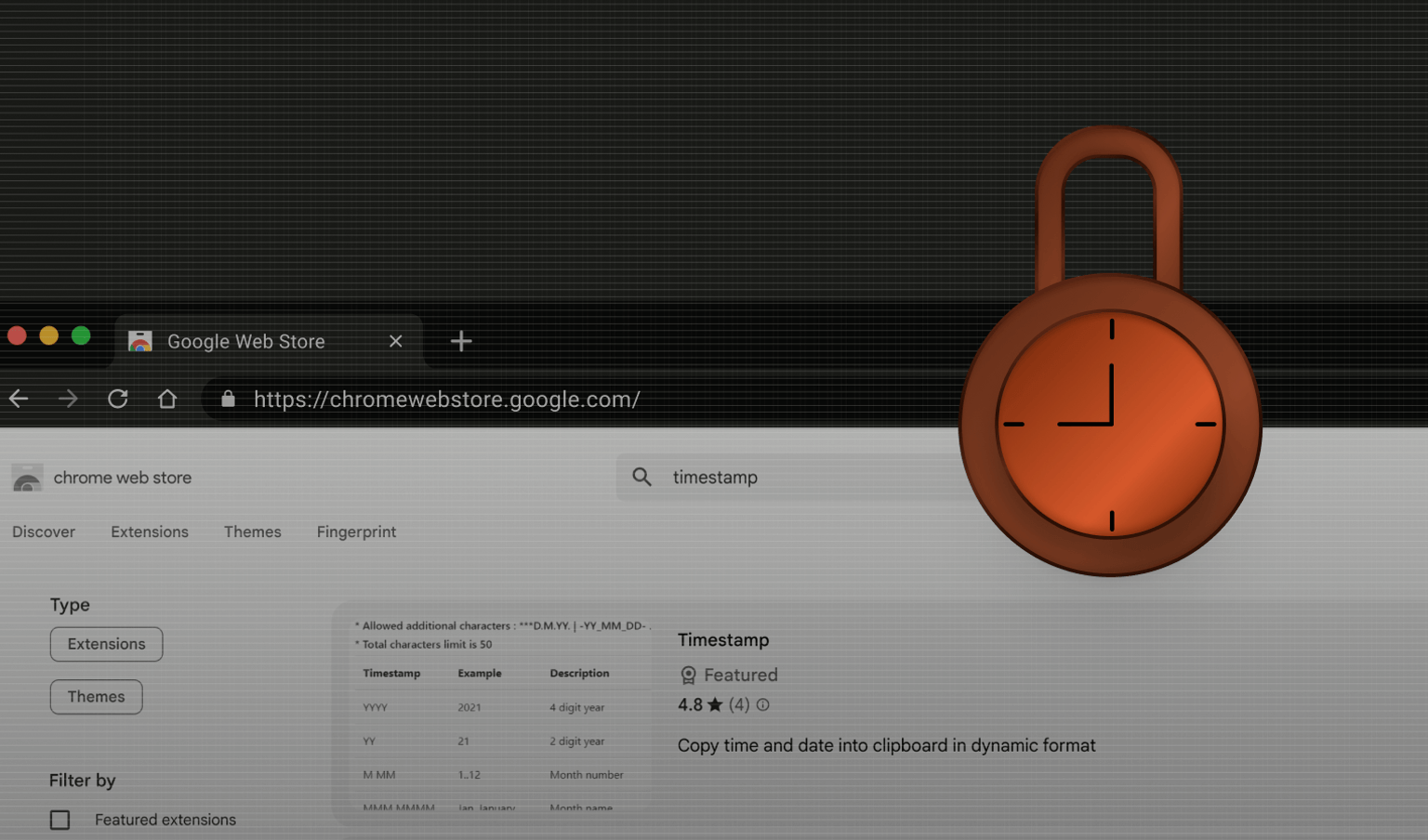
As we enter the year’s final weeks, tensions within the tech industry are exceptionally high. With news of layoffs amongst the largest technology companies, other companies may be looking for ways to build efficiencies into their everyday processes to save their teams time and protect their bottom lines. There’s generally a greater focus on core products and product expansions while putting less emphasis on infrastructure.
Software development processes are an unexpected yet efficient way organizations can save money on time, which can have enormous benefits for teams of all sizes. Expanding your product doesn’t always need to mean overwhelming rising costs. With help from our Head of Infrastructure, we’ll discuss some considerations you can take in your development processes with only a few changes.
Maintaining a Safe and Reliable Infrastructure
Reduce cloud server costs
One of the first places technical teams can look to optimize and simplify overhead is in their infrastructure. When considering the plans and sizes of your cloud provider, you can negotiate for better rates or adopt a new savings plan. Each cloud provider, AWS (Amazon Web Services), Azure, or Google, has its pricing plans and cost-saving options.
However, while managing discount programs can save dollars, it can increase softer, time-spent costs. Some solutions exist for companies looking to optimize both sides of the coin. Services such as Zesty can help automate and simplify the management of server commitments and ongoing costs, and scalability concerns. These services help minimize the downsides of committing to a more significant spend while maximizing the benefits of a more substantial cloud server spend.
Add cost transparency to your development process
When your engineering team is in the early stages of scoping their project, build in a step where a team member gives early feedback that provides insight into the impact the changes will have on server performance and costs.
Another way to add cost transparency to your development processes is to instill load testing before launching a new product or feature where you expect an uptick in user activity. A load test will simulate user activity on your site and help you estimate server resources before you need them.
Creating More Efficient Time and Effort Costs
When looking for ways to improve your technical team efficiency, either due to a hiring freeze or a reduction in force, transparent and communicative processes are critical to a successful development process.
Create space for feedback throughout all phases of the process
Instances of miscommunication can happen at any time during software development. When they do, it costs time and money by requiring team members to double back and, in some cases, rebuild entire sections of the product. Miscommunication may not cost hard dollars, but it can be expensive in additional development hours.
A recommended solution to this problem is to build several feedback loops at the project’s beginning, middle, and end phases. You can include several different kinds of feedback loops to help streamline communication and decision-making. Some feedback loops include, code reviews, pair programming, and daily stand ups.
Once you have a healthy and mature process with feedback loops built in throughout your development processes, you’ll have clarity into efficiency gaps and solve them before they cause pushed timelines or total reworks.
How Fingerprint Helps Mitigate Rising Opportunity Costs
When you have to make strategic development decisions in short timelines and with thinly spread teams, you need to focus on aspects of your organization that will most positively impact the bottom line fastest and with the most significant impact. That means things such as infrastructure can often be put on hold or not focused on for some time.
However, not focusing on infrastructure or shifting team members away to other priorities can cost companies tens of thousands of dollars in runaway server costs, as mentioned earlier, and in fraudulent signups and purchases on your site or product. One statistic claims that fake user accounts can cost businesses millions of dollars a year if unchecked.
Automated services that cost just a few hours of engineering time rather than dedicated ongoing supervision and maintenance of projects such as fraud detection can help bridge the gap between reprioritizing teams and increasing a business’s vulnerability to dangerous and costly fraudulent attacks.
Fingerprint is one of those services built directly into an existing fraud detection system to help augment costly and sometimes manual device identification amongst new and existing users. With highly accurate device identification over time, you can confidently identify returning users and retain that identification for months instead of days. Learn how to stop account takeovers, credit card chargebacks, and more.



